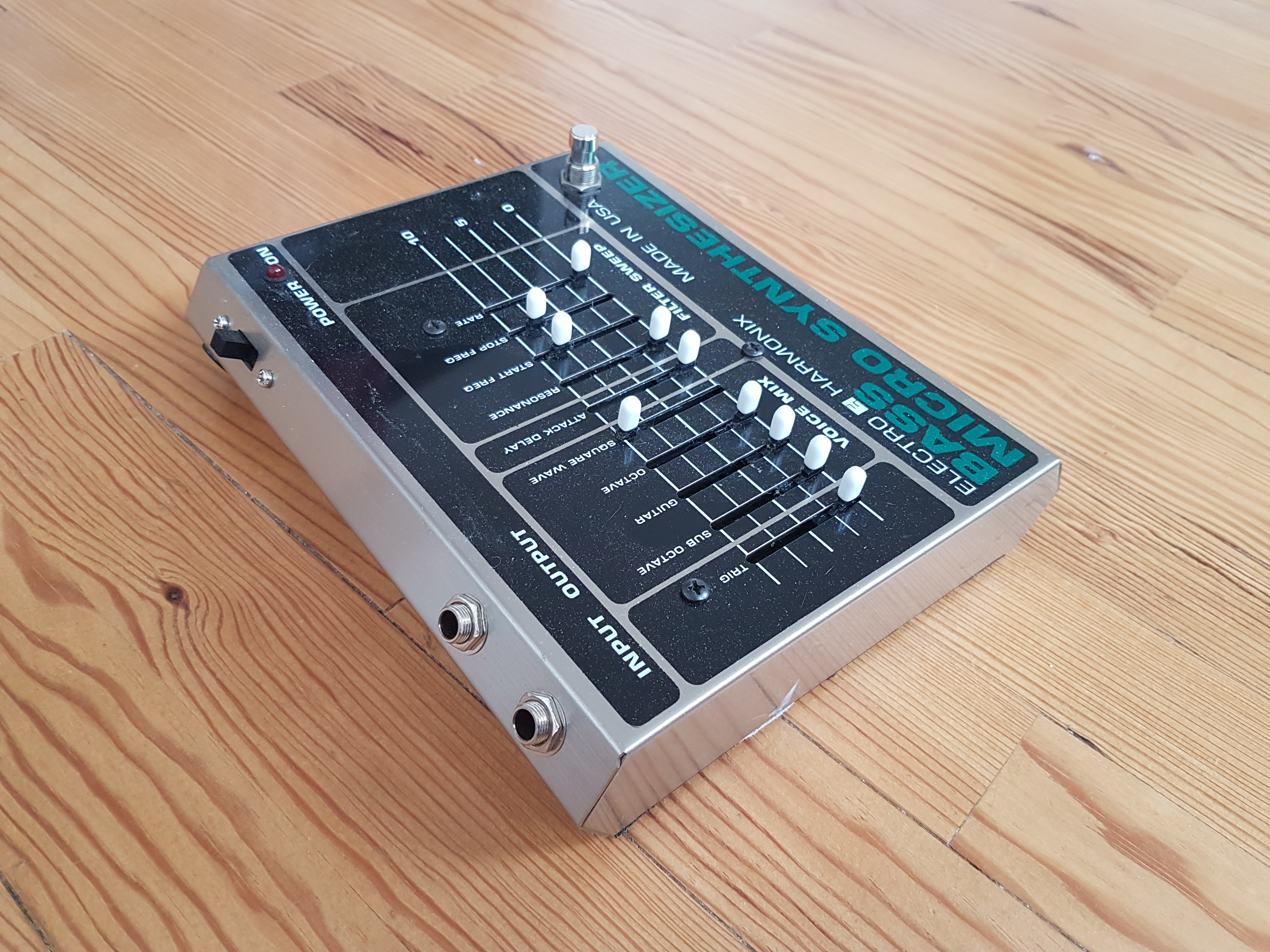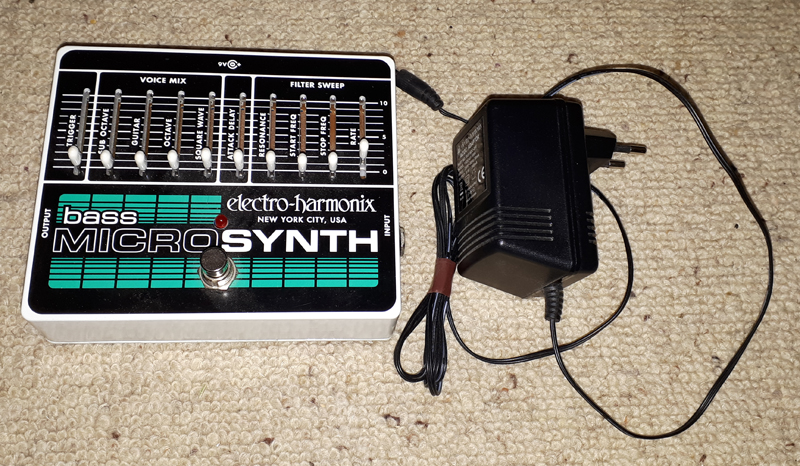

- #REDDIT BASS MICROSYNTH HOW TO#
- #REDDIT BASS MICROSYNTH FULL#
- #REDDIT BASS MICROSYNTH PORTABLE#
- #REDDIT BASS MICROSYNTH CODE#
- #REDDIT BASS MICROSYNTH PC#
#REDDIT BASS MICROSYNTH PC#
Blue and the PC can be seen in the pictures in post #156.īlue was somewhat portable, but the PC got broken on another trip, so I made the tiny polyphonic micro synth last year.
#REDDIT BASS MICROSYNTH PORTABLE#
It's neat, but not very practical to take on road trips.Īlmost 3 years ago I decided to make Blue, a somewhat portable synth, made on perf board along with the box PC, a similarly sized core i7 PC capable of running DAW software, operating the synth, and recording it's output.

#REDDIT BASS MICROSYNTH FULL#
I had been randomly dreaming about rebuilding or even trying to power up those old boards, but those dreams faded before any serious action occurred.until recently.Ī few years back I started down the Eurorack modular synth rabbit hole and now have a rack full of "modules," some analog, some digital, and some just complete Behringer clone synths. Unfortunately I was stupid enough to sell all that neat old analog stuff at the low point in its resale value, sometime in the digital 90's. I made enough $$$ to simply buy some ARP and Korg stuff and forgot about the old project. I left home, got a job at Motorola in 1973 where I stayed until 2014. Unfortunate personal circumstances prevented it's completion and lead to it's destruction. It was large and took up much of an old organ cabinet as well as extending a couple feet upwards on top of it. The calm before the hurricane - no music, just the surf, the wind and the birds - YouTubeīack in posts #41 and #47 I showed and discussed some perf board building blocks for a digital music synthesizer that I built in 19. I made a video of this, but had no way to record sound. There is one picture of me playing it on the dock in a light rain. I have a couple pictures of the synth before I made the wood case, and a few after. Letting a $99 keyboard and a rebuildable synth get wet is one thing, but the $1K laptop, and $700 camera stayed in their cases. I did take the small synth and the Keystep out in the weather twice before it got too bad. Unfortunately Hurricane Sally formed right on top of us, which trashed those plans, and much of the island we were staying on. I had plans to make a Youtube video or three of me playing with this thing on the beach with a small Keystep sequencer / keyboard, an NDLR, and Ableton Live on a laptop.
#REDDIT BASS MICROSYNTH CODE#
I got this thing together and working just as we left on our road trip, and was writing code while Sherri was driving south.

Much of the code to run the UI is still in flux. The user interface consisted of 10 rotary encoders and a small touch screen. I put 6 copies of the remaining code in place, and had a 6 voices, and 50% of memory and 80% of CPU power left, so I stuffed in a 6 voice Karplus Strong synth, and some basic drums. I started with the concept behind Blue, ripped out voltage control, cut out one of the VCO's, and made the signal path monophonic (one VCF, VCA, and ADSR). It was to be an exercise in "how many polyphonic synthesizers can I stuff into a Teensy 4.1 module before it runs out of memory, or CPU power." I only had 3 weeks, so it was made on perf board and thrown together too fast, so that I had to add a second board to fit everything. There is a lot of space in between these extremes, and the sweet spot depends on how the machine, whatever it is, will be used.Ībout 3 weeks before a Florida vacation last September, I decided to take my best shot at a small synth that was highly portable, and could be used without a computer. You might need to dive down through 5 layers of menus just to boost the bass a little. Anyone who has ever gone down this path knows just how much that sucks. You only have two hands, so you can only turn two knobs at once, so why have more than two on the front panel? Place two knobs, and use a menu system to allow for changing every parameter in the synth. I have resorted to taking pictures of the knobs.
#REDDIT BASS MICROSYNTH HOW TO#
How to you get back to the first one, especially in my case since I never made an overlay with numbers on it. Lets say that you spend two days twisting knobs to make exactly the nifty sound that you need for a project. The biggest drawback is the lack of ability to save anything. Knobs take up space, and they are not cheap either. There are a few major drawbacks to this though. The front panel is great for live situations if you like to twiddle knobs, since each function has its own knob, and each knob does exactly one thing, like filter cutoff, or attack time. Blue sounds great, and does a decent job of emulating an analog synth, right down to the box full of pots front panel. Back in post #156 I showed Blue, my perf board "analog emulation" music synthesizer.


 0 kommentar(er)
0 kommentar(er)
